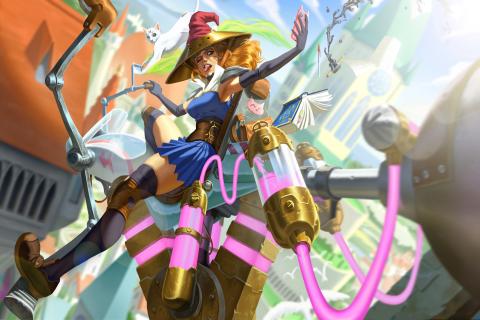Super Mario games have captured the hearts of gamers around the world for decades. From the iconic plumber’s first appearance in Donkey Kong to his latest adventures on the Nintendo Switch, the history of Super Mario games is a fascinating journey through the evolution of the gaming industry.
Super Mario, created by legendary game designer Shigeru Miyamoto, made his debut in 1981 as Jumpman in the arcade classic Donkey Kong. This simple yet addictive game became an instant hit, paving the way for future Mario games.
In 1985, Super Mario Bros. was released for the Nintendo Entertainment System (NES) and revolutionized the platform game genre. Players took control of Mario as he navigated through colorful worlds, fought off enemies, and rescued Princess Peach from the villainous Bowser.
The success of Super Mario Bros. led to the creation of numerous sequels and spin-offs, including Super Mario Bros. 2, Super Mario Bros. 3, Super Mario World, and Super Mario 64. Each game introduced new gameplay mechanics, innovative level designs, and memorable characters.
Super Mario games continued to evolve with the release of Super Mario Galaxy and Super Mario Odyssey, showcasing the technological advancements of each console generation. These games pushed the boundaries of what was possible in the gaming world and received critical acclaim for their creativity and innovation.
Today, Super Mario games remain as popular as ever, with new titles constantly being released for Nintendo’s latest consoles. The franchise has expanded to include various genres, such as racing games, sports games, and party games, ensuring that there is something for everyone.
Unveiling the origins and history of Super Mario games allows us to appreciate the legacy of this beloved franchise. It is a testament to the timeless appeal of Mario’s adventures and the enduring impact it has had on the gaming industry as a whole.

